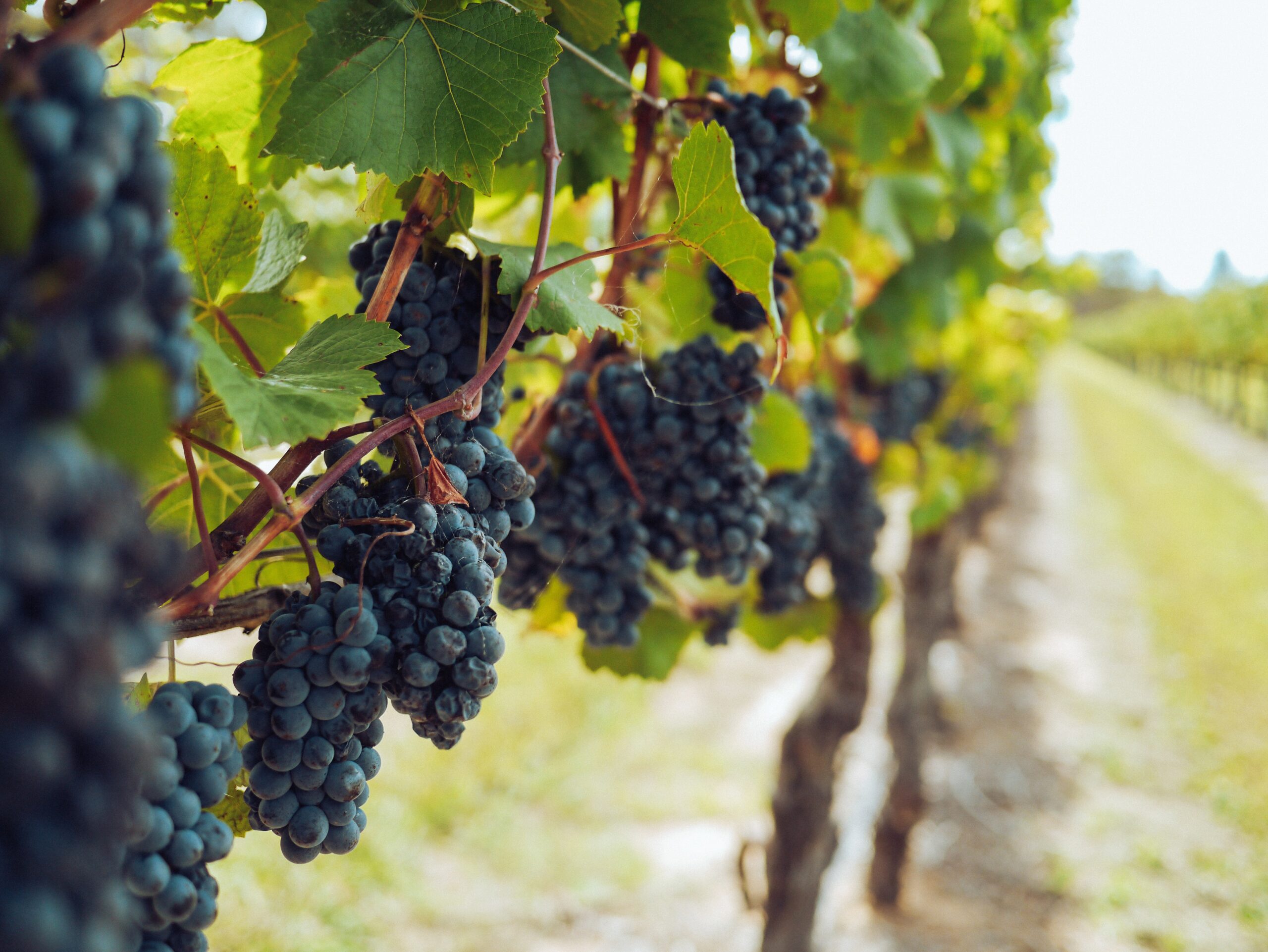From Grape to the Bottle

It’s the process that provides us all with the joyous beverage that is wine, but how do our favourite drops come to be?
The winemaking process has been around for thousands of years, evolving from a method requiring very little human intervention into a billion-dollar industry featuring cutting edge technology.
Behind all wines are the same five steps, with each winemaker making deviations along the way to produce a result that is unique to their vineyard. To understand how your favourite wine evolves from the grape to the bottle, let’s look into the finer points of each winemaking step.
Harvesting
The initial step in this process involves picking the grapes that will go on to produce wine. Harvesting the right winemaking grape is a combination of science and good old-fashioned tasting, with many winemakers choosing to eschew machines and technology to hand pick the grapes themselves.
Many winemakers say that wine is made in the vineyard, as a considerable portion of a wine’s success does depend on the grapes being harvested at the precise time for the best results. The moment a grape is picked will determine the eventuating wine’s sweetness, flavour, acidity and tannins, so it is understandable that winemakers devote plenty of time (and science) into harvesting at the perfect time.
Crushing and pressing
Once the grapes have been harvested, the next step involves de-stemming and crushing them to draw out the delicious juices.
You have no doubt been on a wine tour where winemakers have allowed you to stomp on grapes in big barrels; while this is an immersive way to experience the wine making process, the crushing process is now done mechanically rather than with the feet.
Modern crushing machines improve the quality and longevity of the wine to produce must, which is fresh grape juice that contains seeds, solids and skins of grapes. If white wine is being made, the seeds, solids and skins are quickly separated from the juice to prevent any unwanted colour and tannins leaching into the wine. If the winemaker is producing red wine, the seeds, solids and skins are left in contact with the juice to further develop the wine’s flavours.
Fermentation
Following the crushing process is perhaps the most magical step, where winemakers begin to really see the fruits of their labour (no pun intended).
Must often naturally ferments within 6 to 12 hours once wild yeast in the air comes into contact with the grape juice, but most winemakers choose to add their own strain of cultured yeast to ensure a consistent and predictable result.
The fermentation process continues until all the sugar in the grape juice is converted into alcohol and a dry wine is produced. This can require anywhere between ten days to more than a month to eventuate.
Clarification
Once fermentation stops, clarification of the dry wine begins. Winemakers typically siphon the dry wine into another vessel, such as a stainless steel tank or oak barrel, to separate it from solids and precipitates called pomace which develop during fermentation.
From here, winemakers will use filtering systems to strip away solids from the wine. To clarify, a process called fining is performed where winemakers add substances like egg whites or clay to the wine to draw out dead yeast cells and other unwanted particles.
Once the wine has been clarified, it is siphoned into another tank in preparation for bottling and ageing.
Ageing and bottling
By now, the wine is ready to be bottled up immediately or aged a little longer to further develop flavour.
Some wines are better bottled up straight away while others, like a Bordeaux or Cabernet Sauvignon, are left to age in oak barrels by the winemaker to add a smooth, vanilla-like flavour to the end result.
The winemaker has a number of options on hand when it comes to this step, as they can choose how to give the wine the best chance to reach its optimal flavour.















